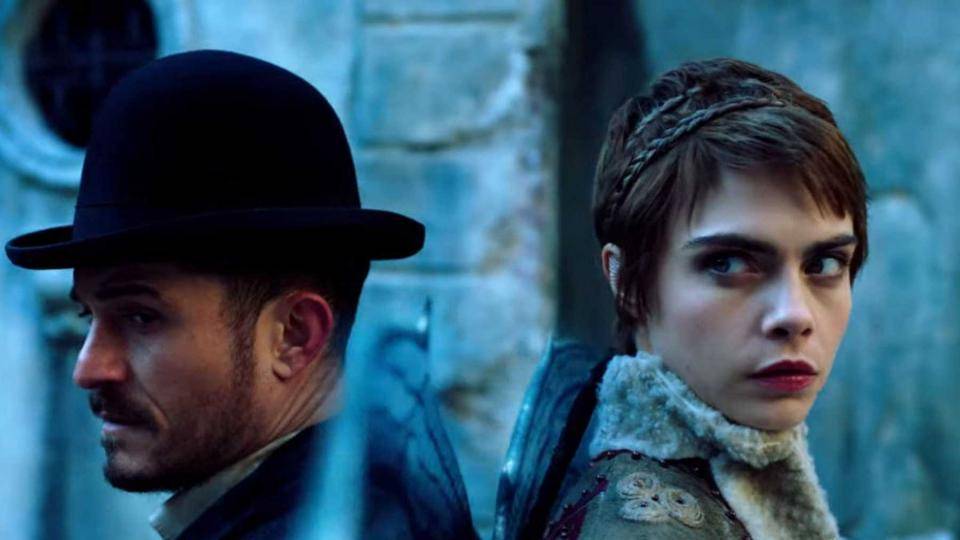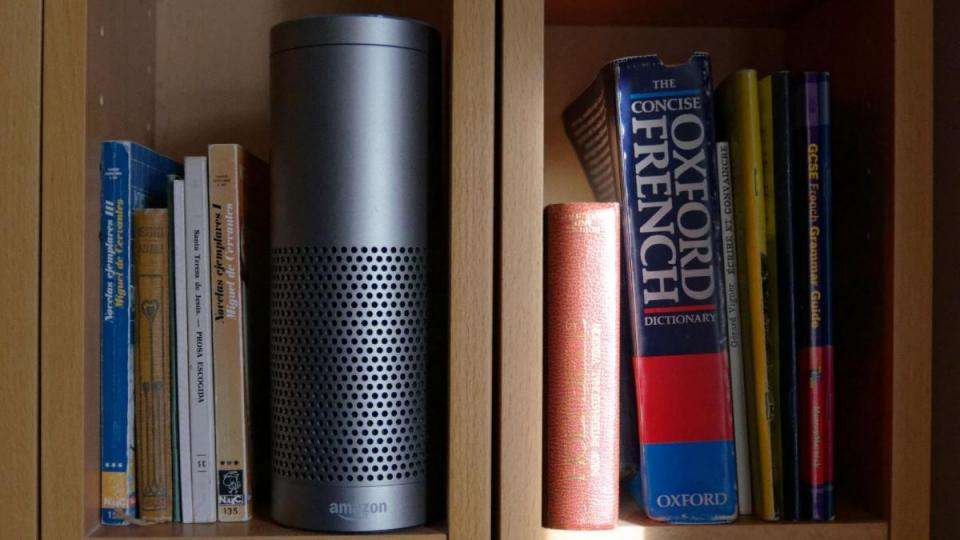November 28,2022
See Firsthand the Architectural Ghosts of New York City
by David Stewart
The Panorama of the City of New York, a baseball-diamond-size model of the five boroughs, constructed for the 1964-65 World’s Fair (and updated many times since), is an astonishing sight, a must-visit for anyone who cares about architecture , urban planning, cartography, museology, or a host of other fields. It’s the highlight of the Queens Museum, itself housed in a building that, like nearly 1 million others, is depicted at 1:1,200 scale in the Panorama.
Now, in time for Halloween, the Panorama has added a few ghosts. For years, Sam Lubell and Greg Goldin have been collecting plans for buildings (including airports, bridges, and other infrastructural embellishments) that haven’t been, and aren’t likely to be, realized. Their labors resulted in the terrific book Never Built New York , filled with one interesting scheme after another, often by architects who would have obliterated large parts of the existing urban fabric in favor of their utopian visions. After the book was published, the authors, both architecture critics, were invited by the Queens Museum to place models of some of the unbuilt projects in the Panorama. It’s as if Frank Lloyd Wright, Paul Rudolph, Philip Johnson, Buckminster Fuller, and many others are now haunting the city that in many cases stifled their ambitions. The Panorama has become the Para-norma.
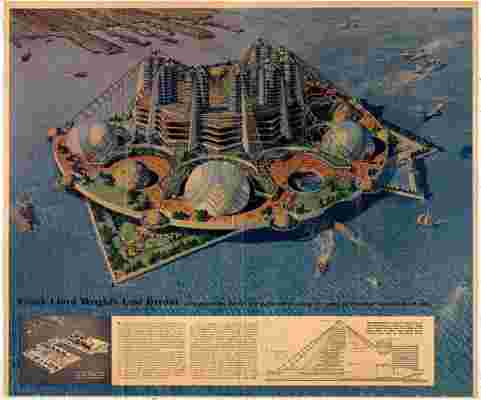
Frank Lloyd Wright's Key Plan for Ellis Island.
The 45 unbuilt structures (represented by translucent white models made over the summer by Columbia University architecture students) include Fuller’s domed stadium for the Atlantic Yards (which, if realized, might have kept the Dodgers from leaving Brooklyn) and Wright’s mixed-use development on Ellis Island, a bizarre conglomeration of circus tents, spider’s webs, and giant eyeballs. The largest of the “never builts” is developer William Zeckendorf’s airport on a platform in the Hudson River. Others include I.M. Pei’s 1,500-foot-high hourglass-shaped tower meant to replace Grand Central Station, and Santiago Calatrava’s gondola connecting Manhattan to Governors Island.
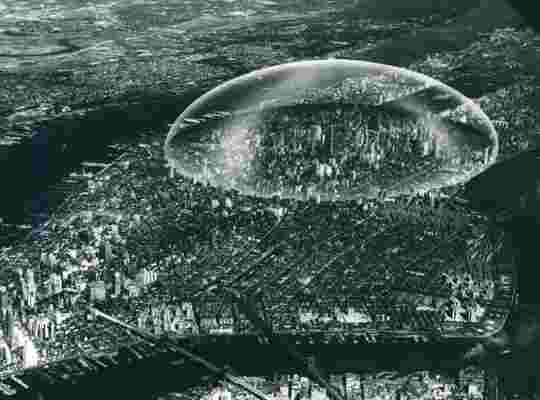
R. Buckminster Fuller's Dome Over Manhattan, 1961.
But if the additions to the Panorama are a treat, the heart of the exhibition (designed by Christian Wassmann) is a neighboring gallery hung with drawings of the never-builts, including Paul Rudolph’s of the neighborhoods he hoped to crowd onto the proposed Lower Manhattan Expressway and McKim, Mead & White’s of its original Brooklyn Museum design. Computer software makes it unlikely that we’ll ever see such stunning illustrations again.
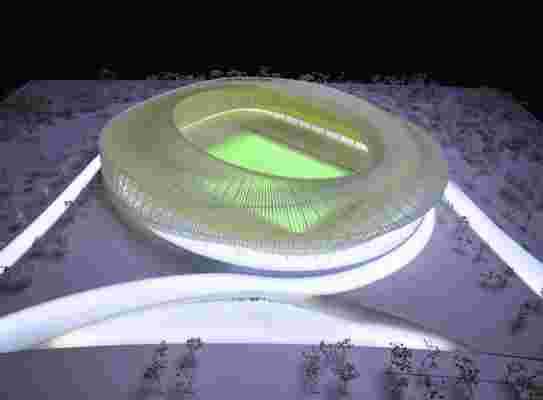
SHoP's Flushing Stadium, 2013.
A large central gallery showcases unbuilt schemes for Flushing Meadows-Corona Park, which is right outside the museum. They include the Galaxon, a raised platform for stargazing by Rudolph that would have been the centerpiece of the 1964-65 fair. From that gallery, it’s just a few hundred feet to the Unisphere, the stainless steel globe that was the actual centerpiece of the fair. Surrounding the sphere is Circle Fence, a vast installation of metal and mesh by Ai Weiwei , part of his five-borough initiative called Good Fences Make Good Neighbors. For all the examination of what hasn’t been built, New York astonishes for what it has built.
Bertrand Goldberg's ABC Office Building, 1963.
Eric Gugler's Development of Battery Park, 1929.
George Howe and William Lescaze's The Museum of Modern Art, New York, 1930.
Never Built New York; through February 18, 2018, at the Queens Museum, Flushing Meadows Corona Park; (718) 592-9700; queensmuseumrg


